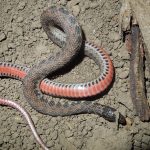Hopi rattlesnake is a poisonous pitviper subspecies of snake native to the state of Arizona in the United States, but also found in northwestern New Mexico. The subspecies is secretive and nocturnal spending the day in other animal’s burrows or rock crevices to escape from the desert heat.
| Kingdom |
Animalia |
| Phylum |
Chordata |
| Subphylum |
Vertebrata |
| Class |
Reptilia |
| Order |
Squamata |
| Suborder |
Serpentes |
| Family |
Viperidae |
| Subfamily |
Crotalinae |
| Genus |
Crotalus |
| Species |
Crotalus viridis |
| Scientific Name |
Crotalus viridis nuntius |
| Other Names |
Arizona Prairie Rattlesnake, Prairie Rattlesnake |
| Length |
Up to 28 in |
| Color |
Pinkish-brown to gray to orange-brown with darker brown irregular patches down the back |
| Distribution |
Northeast Arizona (United States) |
| Habitat |
Desert, semi-arid areas |
| Diet |
Rodents, birds, lizards, sometimes frogs |
| Venom Fact |
Mainly hemotoxic |
| Breeding Season |
Spring |
| Mode of Reproduction |
Ovoviviparous (producing young by means of eggs hatched inside the body of the parent) |
| Litter Size |
4 to 6 young |
| Reproductive Age |
2 to 3 years of age |
| Average Lifespan |
Around 11 years |
Hopi Rattlesnake Pictures Gallery
-
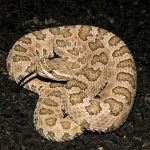
-
Hopi Rattlesnake Images
-
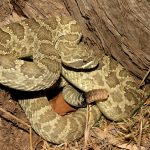
-
Hopi Rattlesnake Pictures
-

-
Hopi Rattlesnake
-
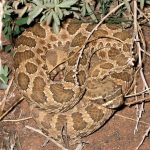
-
Hopi Rattlesnakes
-
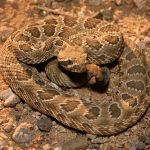
-
Prairie Rattlesnake
-
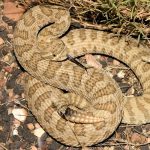
-
Hopi Rattlesnake Photos
-

-
Arizona Prairie Rattlesnake
-
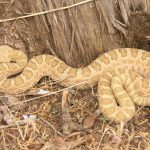
-
Crotalus Viridis Nuntius












